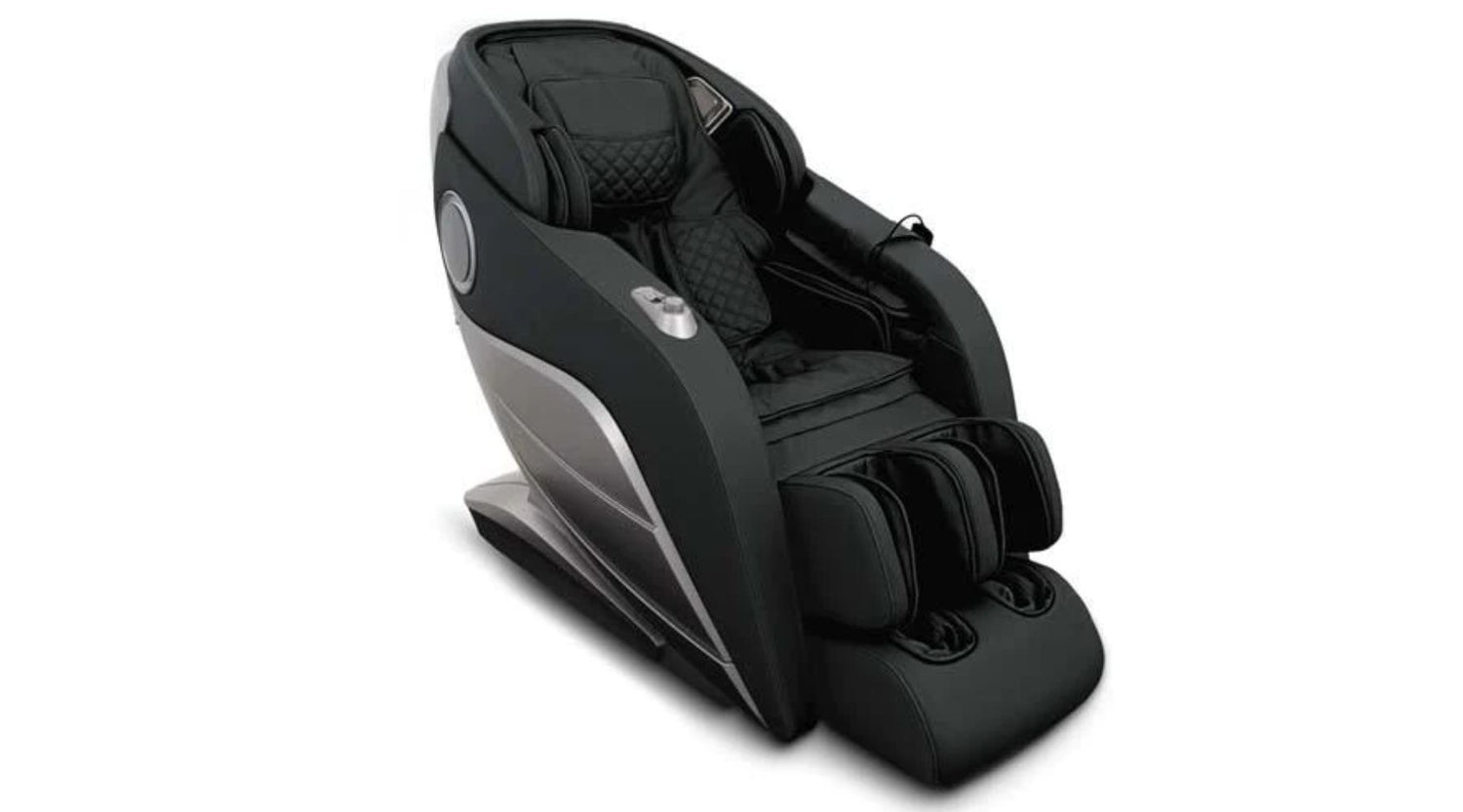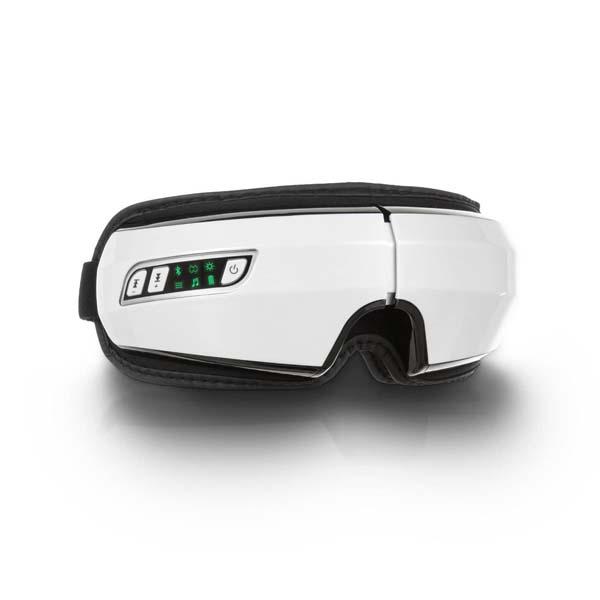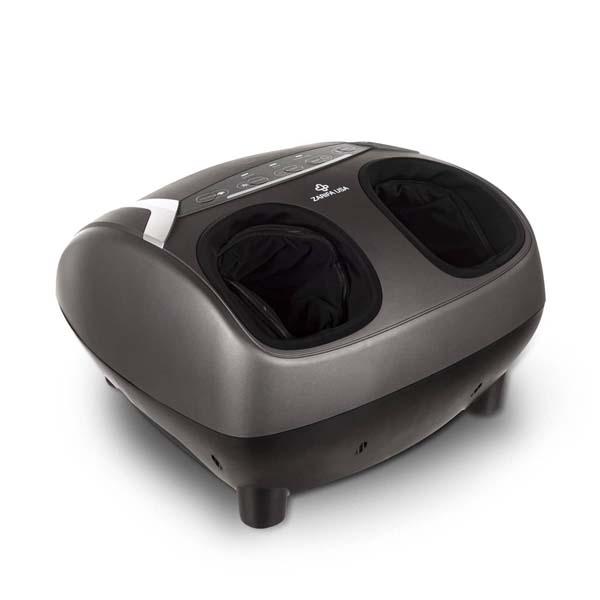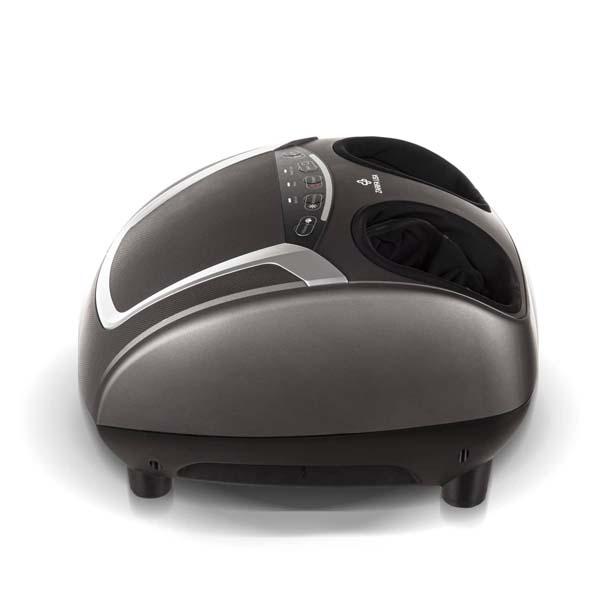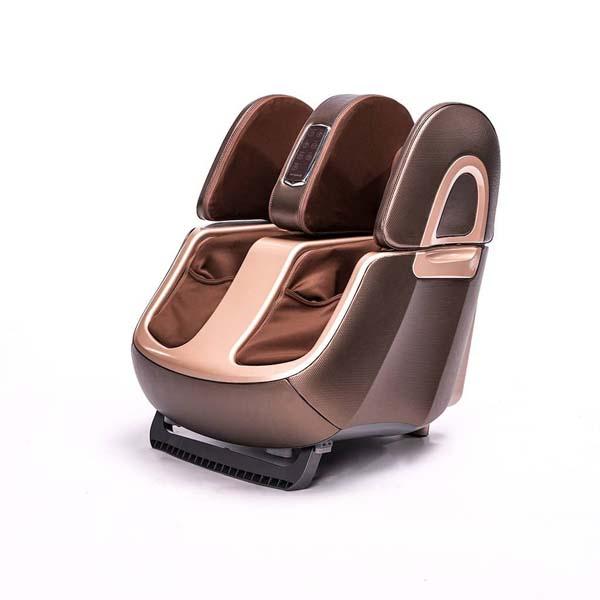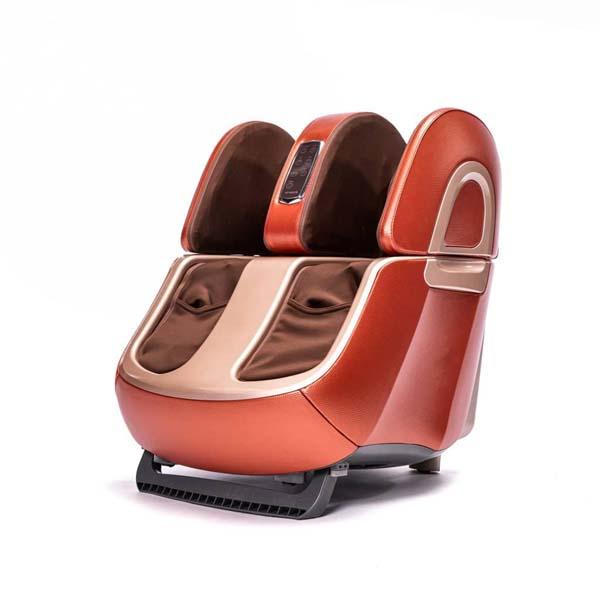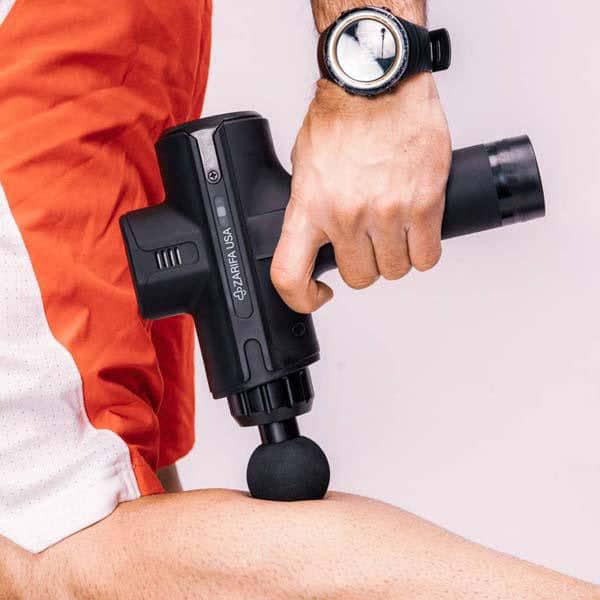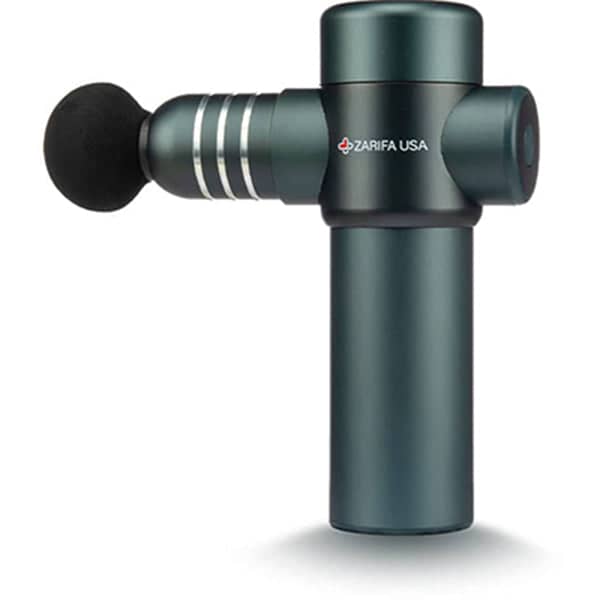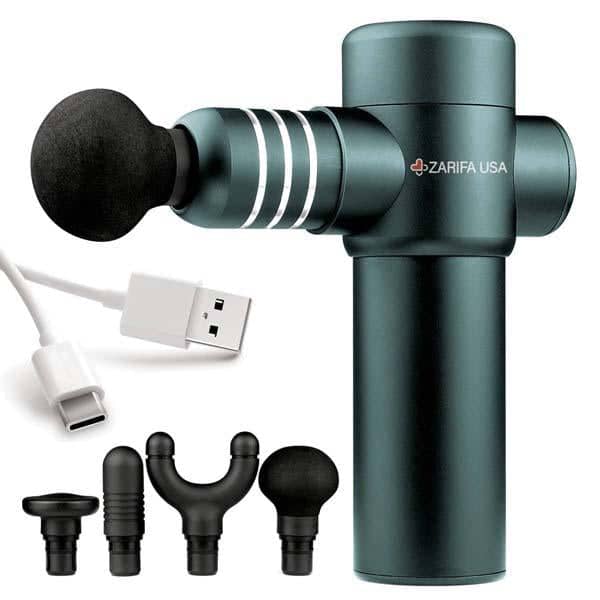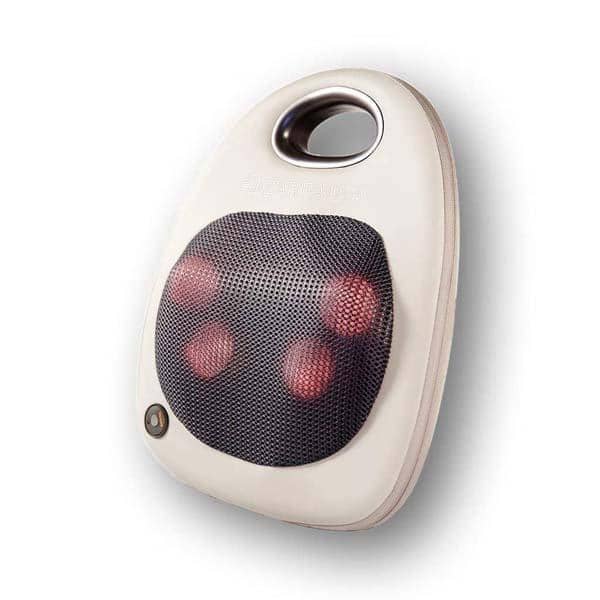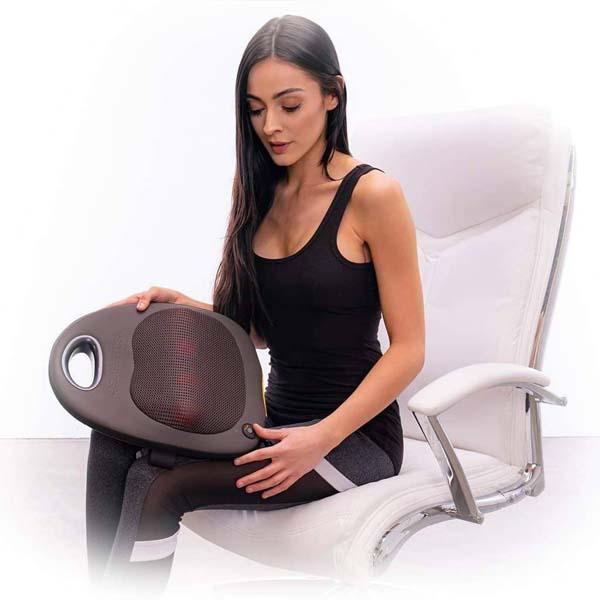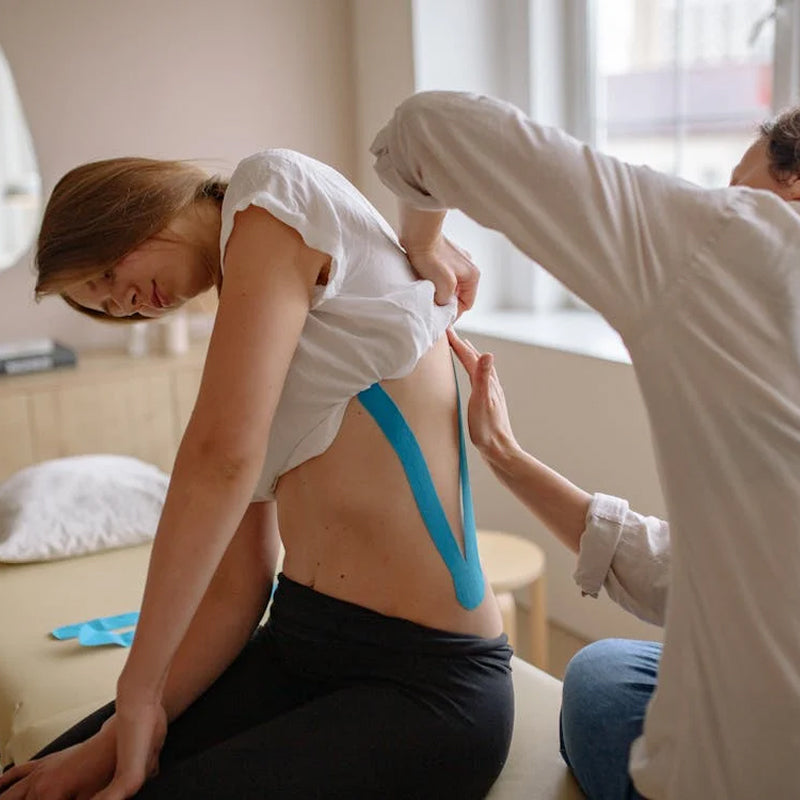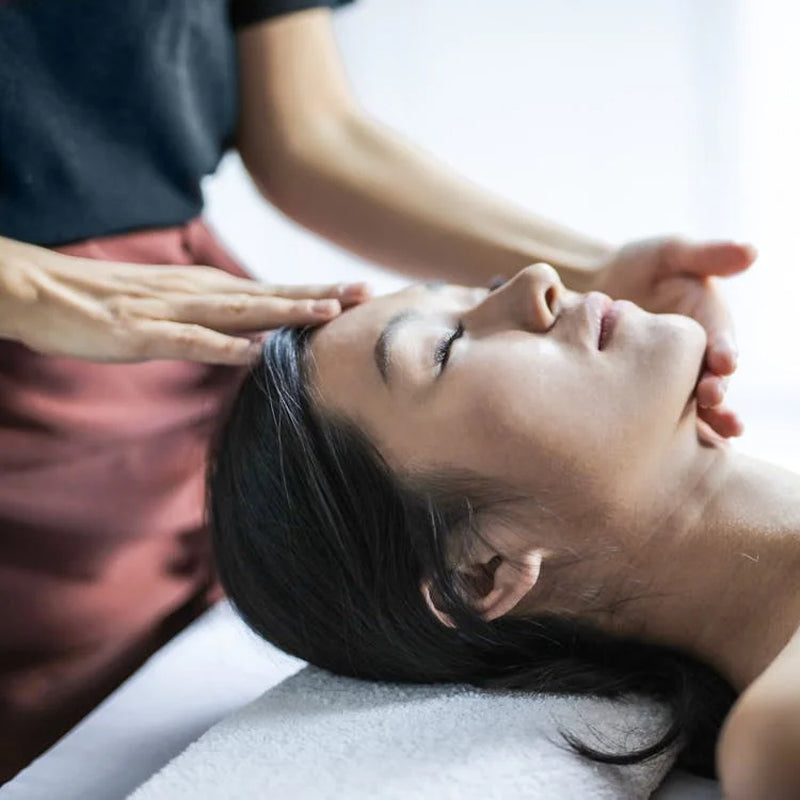Sit up straight. Stop slouching. These are two phrases many of us heard all the time growing up. However, the truth is that it’s easy and comfortable to slip into bad posture habits. Whether working at a computer or staring at your phone while lounging on the couch, we forget about proper posture.
Below you’ll discover some tips to help you improve your posture. It won’t change overnight, but you will notice a difference in the long run.
Learn About Text Neck
Text neck is the injury you can sustain from leaving your head in a forward position for extended periods, applying stress to your neck. Nowadays, most people experience this injury from texting—hence the name. You’re straining your spine when you tilt your head downward to check emails, messages, or social media.
To prevent text neck, bring the phone up to your eyes instead of tilting your head. Additionally, stretch your neck for a minute if you notice you haven’t looked up in a while. This will allow your body to readjust and relax as you work on those neck muscles.
Signs of Text Neck
Are you worried you may be suffering from text neck? These symptoms and signs can help you determine if it’s affecting you, so you can take the mentioned steps to improve it:
- Eye pain
- Tight shoulders and neck, which leads to a reduced range of motion
- Nerve pain with numbness and tingling in your upper limbs
- Sharp pain in the shoulders and neck
- Constant or intermittent headaches
End Slouching
You may feel more comfortable slouching while watching television or working at your desk, but that improper posture applies unnecessary stress to your spine. This pressure also strains the bones, joints, and muscles that hold your backbone in place. Furthermore, slouching doesn’t only affect your back. Consistent slouching pushes your organs down, making your lungs and intestine work harder and improperly.
To avoid this, set reminders to stand or fix your posture. This conscious effort will help your body work more efficiently. Trust us—your body will thank you in the long run.
Fix Your Driving Posture
Sitting too far back in your vehicle can also have consequences. Not only does leaning back in your car limit your ability to see, but it’s also horrible for your posture.
Instead, pull your seat closer to the steering wheel but leave enough room to move your legs around. However, you want to avoid allowing your legs to extend fully. Then, place a rolled-up towel or pillow behind your lower back to help improve your posture while driving.
It may take time to feel comfortable driving in this new position, but doing so will improve how you feel when you get out of the vehicle.
Improve Rolling-Chair Posture
Retaining good posture when you sit in a rolling chair at your desk can be challenging. Your body is constantly in motion as you swivel, roll, and lean back at your desk.
To keep good posture at your desk, sit back in your seat as far as possible. Bend your knees at a 90-degree angle and keep them a tad higher than your hips. You should also keep your feet flat on the floor. If this is difficult, you can use a step stool or footrest. Additionally, ensure you’re not slouching forward by keeping your shoulder blades and lower back touching the chair.
Move Around More
Muscle tension, fatigue, and discomfort happen when you stand or sit in the same position for long periods. The effects may be more severe if you have slouched posture. So even after you correct your posture, build the habit of standing up, walking around, and stretching every hour for a couple of minutes.
To help with this, set alarms on your phone that remind you it’s time to get up and move around. Alternatively, some watch brands will vibrate once an hour, prompting you to get out of your seat.
Stand Up Tall
The way you stand impacts your posture. Good standing posture means standing up straight with relaxed and slightly pulled-back shoulders. Keep most of your weight on the balls of your feet and stand with your legs approximately shoulder-width apart. And remember to bend your knees slightly, especially when standing still.
Furthermore, avoid bending your head. Instead, keep it level with your ears over your shoulders. And if you have to stand in place for an extended period, shift your weight from your toes to your heels and from one foot to the other.
Try the Wall Slide
The wall slide is an excellent stretch to reset the body and help you achieve a better upright posture. It can help alleviate any tightness in your shoulders and neck.
To perform the wall slide, first find an open wall and stand with your head, shoulders, back, and butt pressed firmly against it. Place your feet a foot or two away from the wall to position your body properly. Avoid arching your back by tilting your pelvis, and bend your knees slightly.
Next, extend your arms upward with your palms out while your body is still up against the wall. You may find it tricky to raise your arms at first, which is normal.
Then, squeeze the mid-back muscles as you bring your arms down toward your shoulders. Keep your chest open and your back tall. Remember, the only thing moving should be your arms.
Keep sliding your arms down until they’re slightly lower than your shoulders. Hold this position for a few seconds, and then lift your arms back to the beginning position.
Repeat this motion a dozen times, and don’t allow anything to lift from the wall.
Strengthen Your Core
Building and maintaining strong core muscles will help you maintain good posture. The core muscles are the muscles around your lower back and pelvis up to your abdominal muscles.
Avoid slipping into bad posture habits by doing core-strengthening exercises. For example, the plank is one of the best core exercises. This one move will also help relieve pain from standing or sitting improperly.
Another great exercise for the core is the bridge. To do the bridge, lie on your back with your feet flat on the floor, knees bent, and your arms by your side, palms face down. Tighten up the glutes and core muscles to push your hips upward off the floor, aligning your knees with your shoulders. Hold for around 30 seconds, and then lower your hips. Repeat this cycle five to eight times.
These posture-improving tips will have you standing and sitting up straight in no time! To help you further alleviate pain as you work on improving your posture, invest in a deep-tissue massage chair for sale from Zarifa USA. Our chairs will help you feel the relief you need to continue improving your posture.


